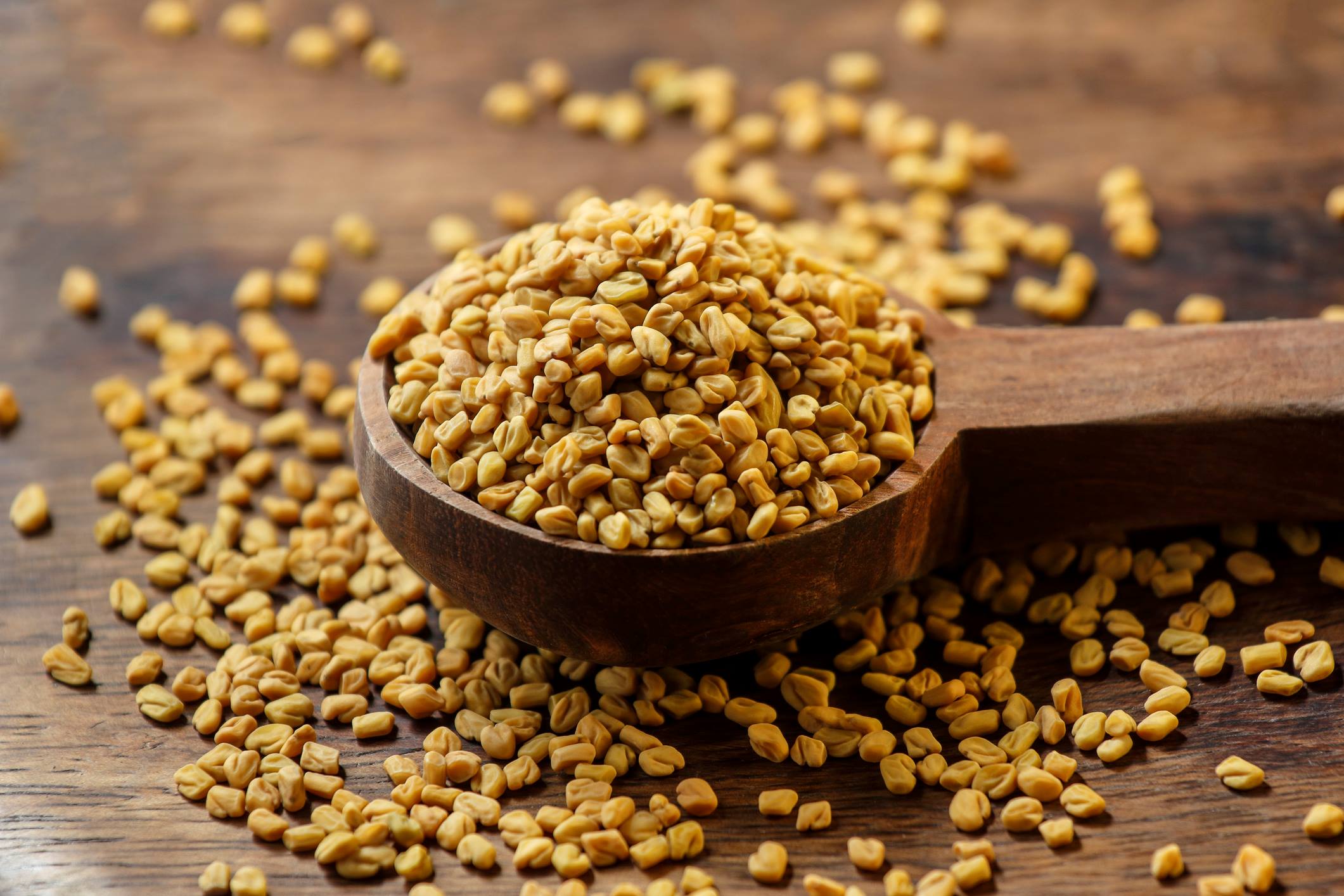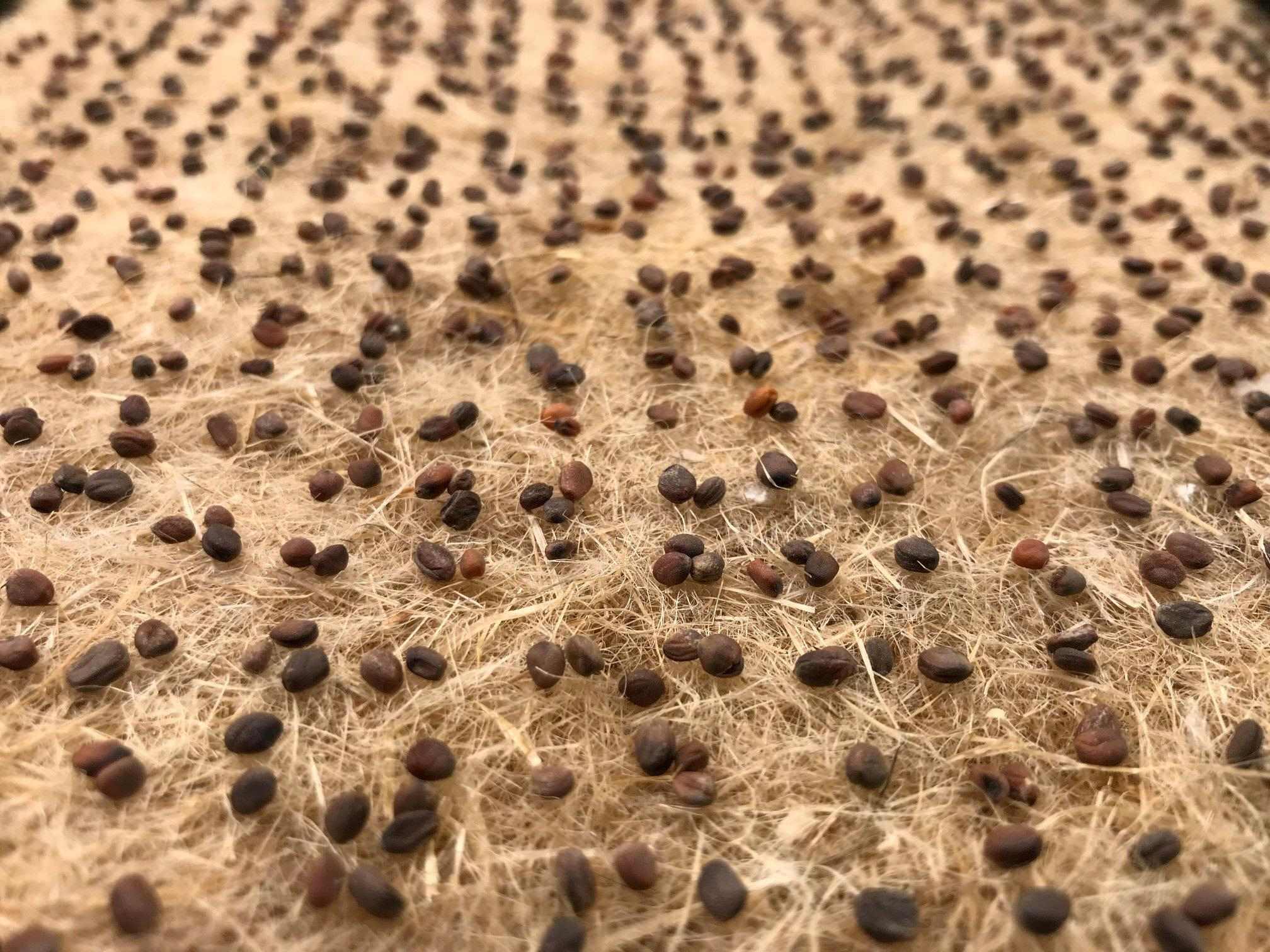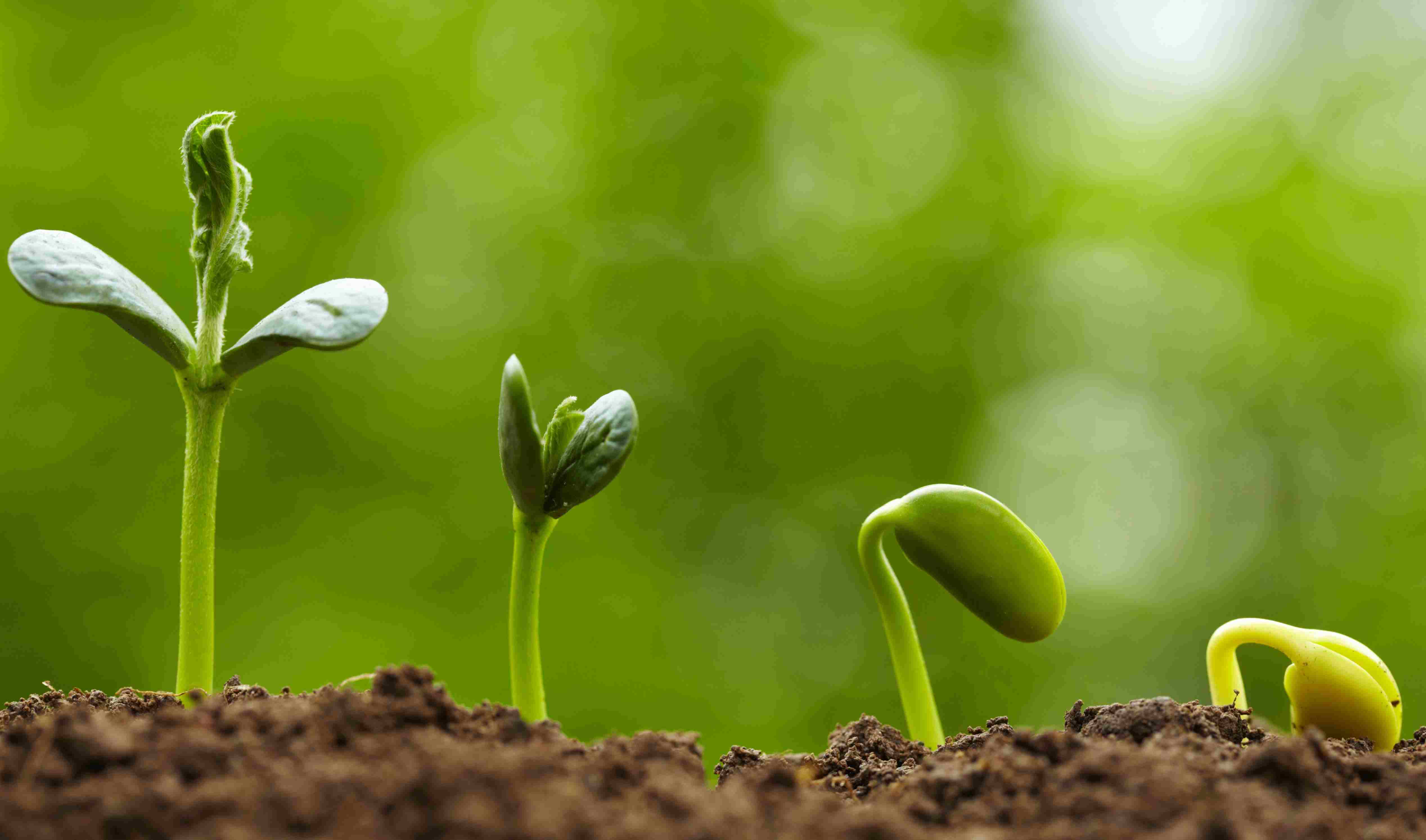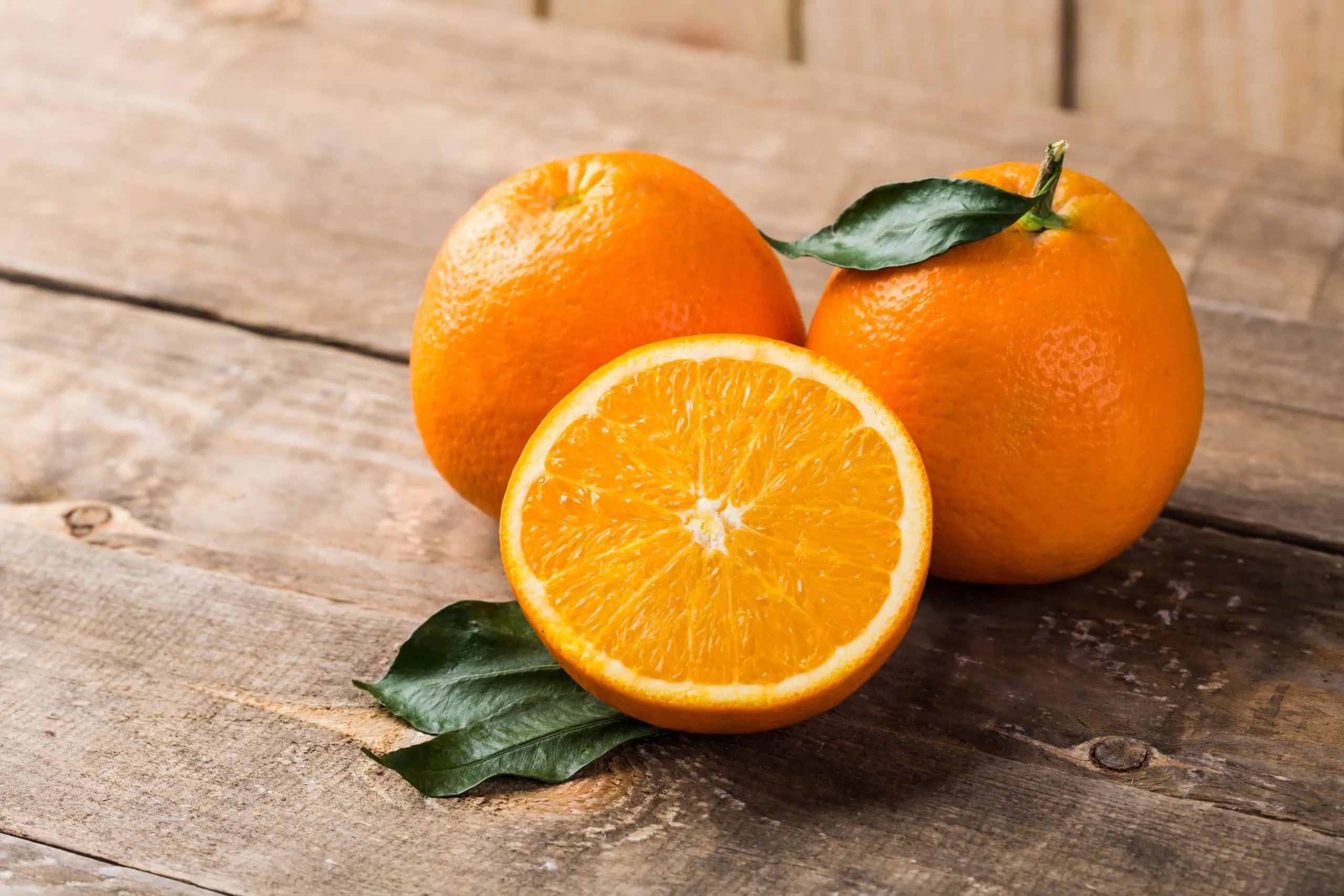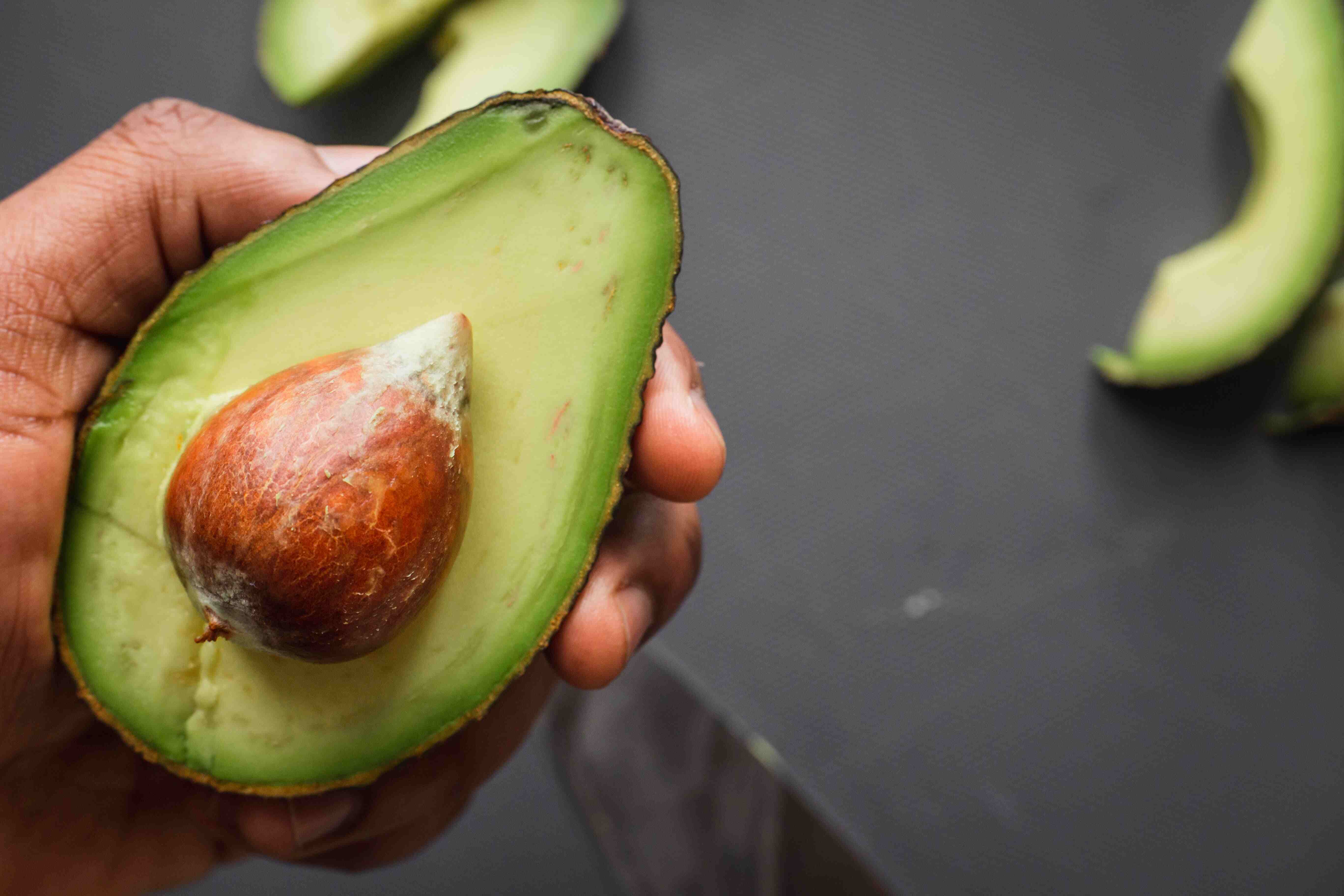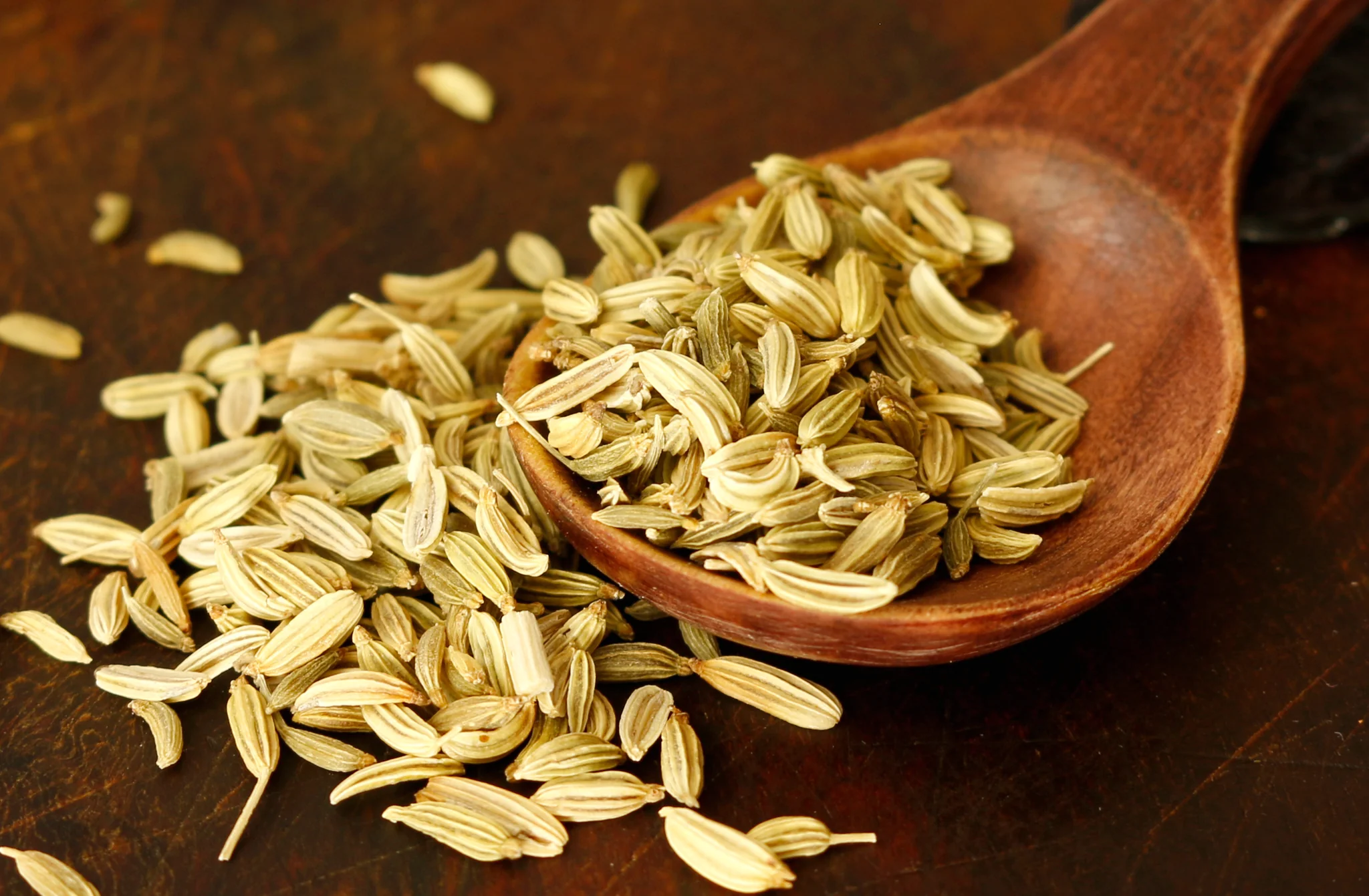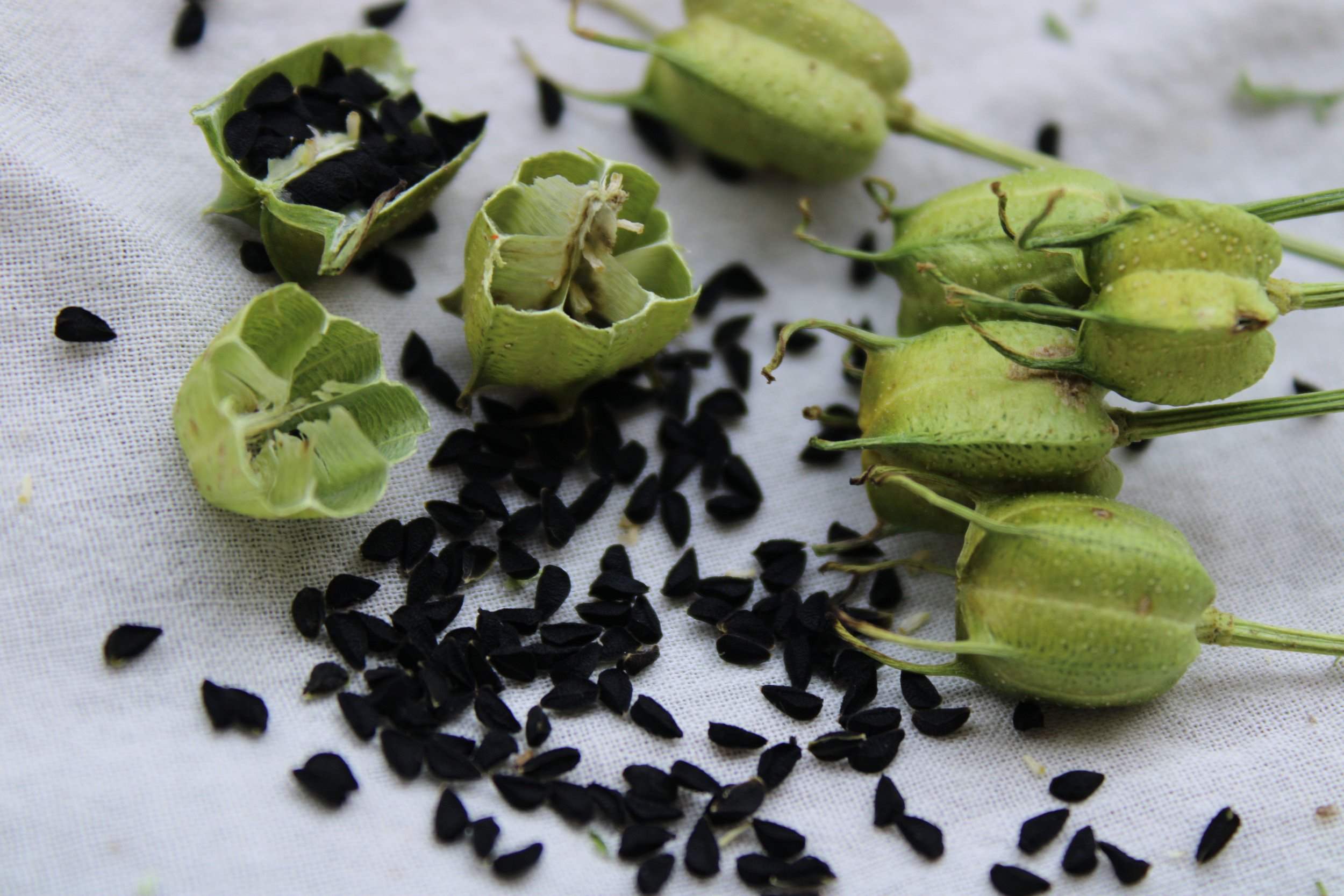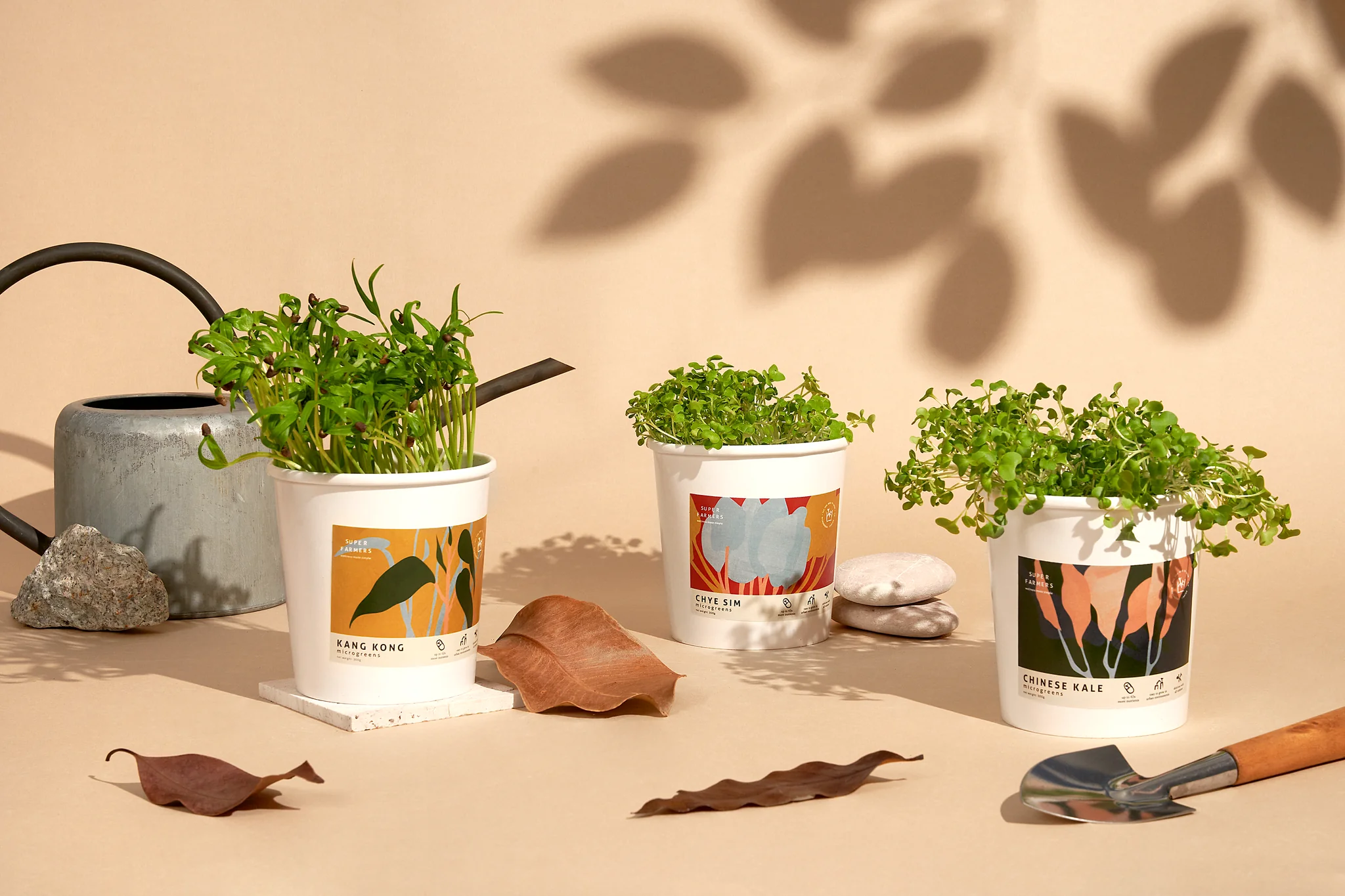Home>Types of Gardening>Edible Gardening>What Are Pimento Seeds
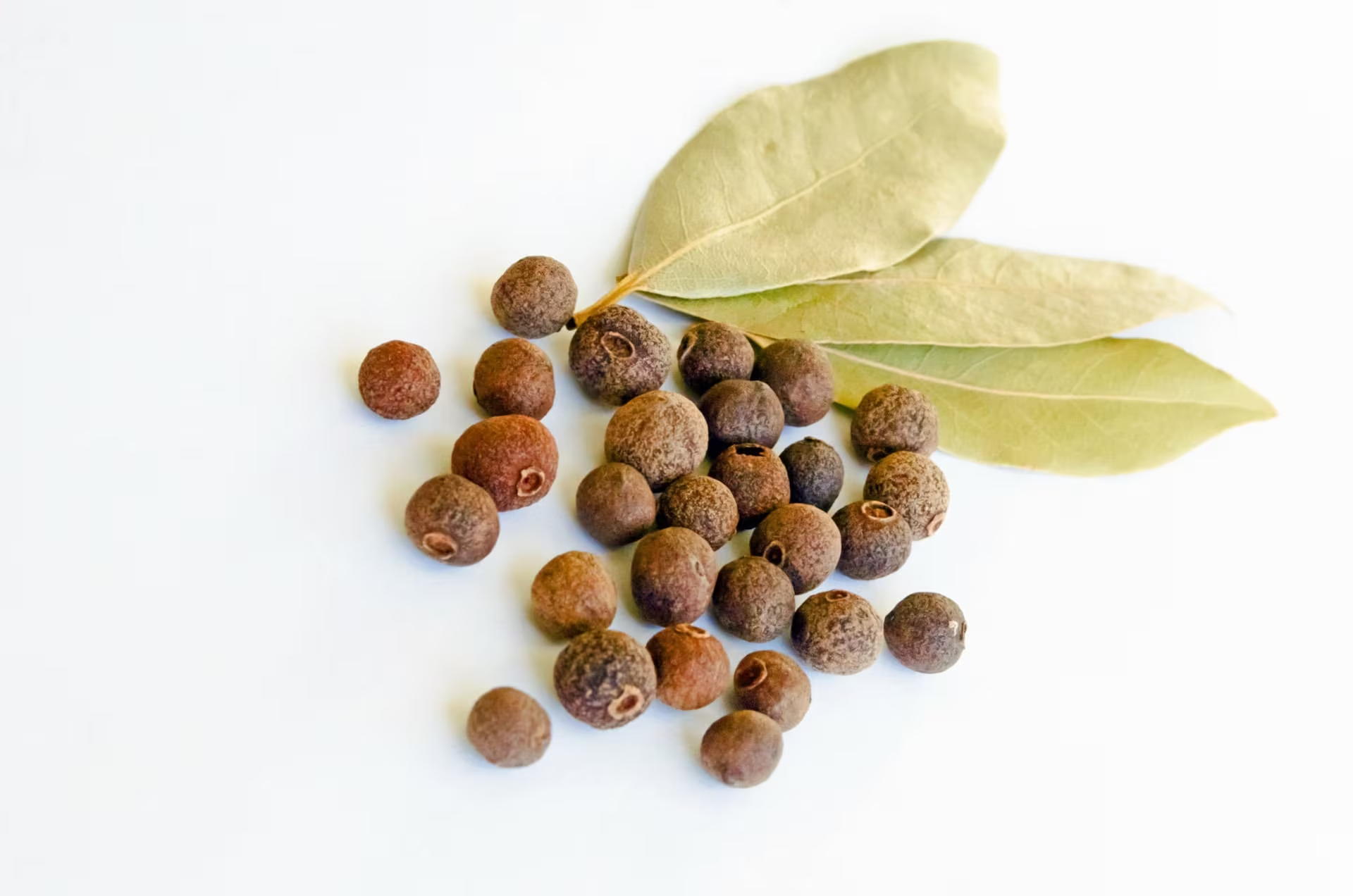

Edible Gardening
What Are Pimento Seeds
Published: September 21, 2023
Learn about pimento seeds and how they can be used in edible gardening. Discover tips and techniques for growing and harvesting these flavorful seeds.
(Many of the links in this article redirect to a specific reviewed product. Your purchase of these products through affiliate links helps to generate commission for Chicagolandgardening.com, at no extra cost. Learn more)
Table of Contents
Introduction
Welcome to the exciting world of edible gardening! One of the most rewarding and fulfilling experiences in gardening is growing your own food. Not only does it provide a sense of satisfaction, but it also ensures that you have access to fresh, organic produce right in your backyard. If you’re a gardening enthusiast looking to expand your horizons, then exploring the realm of edible gardening is definitely worth considering.
Edible gardening involves cultivating plants that produce fruits, vegetables, herbs, and other edible parts. Whether you have a sprawling backyard or just a small balcony, you can embark on the journey of growing your own food. In this article, we will focus specifically on the fascinating world of pimento seeds.
Pimento seeds, also known as allspice, are the dried and ground seeds of the Pimenta dioica plant. The Pimenta dioica is an evergreen tree native to Central and South America. These aromatic seeds have a unique flavor profile that combines hints of cinnamon, nutmeg, and cloves, making them a popular ingredient in culinary dishes and traditional medicine.
Throughout history, pimento seeds have been cherished for their culinary and medicinal properties. In the culinary world, they are commonly used in Caribbean, Middle Eastern, and Latin American cuisines, where they lend a warm and spicy aroma to various dishes. Additionally, pimento seeds are known for their numerous health benefits, such as promoting digestion, soothing muscle pain, and boosting the immune system.
Whether you are a seasoned gardener or a novice just starting, growing pimento seeds can be a delightful and rewarding experience. They can be easily cultivated in containers or directly in the ground, making them a versatile and accessible option for any type of garden. Not only will you enjoy the process of nurturing these plants, but you will also have a fresh supply of pimento seeds to enhance your culinary endeavors.
In this article, we will delve into the history, cultivation, culinary uses, and medicinal properties of pimento seeds. By the end, you will have a comprehensive understanding of this incredible plant and be inspired to incorporate it into your edible garden.
What are Pimento Seeds?
Pimento seeds, also known as allspice, are the dried and ground seeds of the Pimenta dioica plant. The Pimenta dioica is an evergreen tree that belongs to the Myrtaceae family. These trees can grow up to 40 feet in height and are native to the tropical regions of Central and South America, particularly Jamaica, Mexico, and Guatemala.
The pimento seeds are small, dark brown, and have a wrinkled appearance. They are about the size of a peppercorn and have a distinct aroma and flavor profile that resembles a combination of cinnamon, nutmeg, and cloves. It is for this reason that they are often referred to as allspice, as they encapsulate the essence of several different spices.
Cultivating pimento trees and harvesting their seeds is a meticulous process that requires patience and skill. The trees take several years to reach maturity, typically around 5 to 6 years, before they start producing their fragrant flowers and fruits. The flowers are unique and are often described as resembling white powder puffs. The fruits that develop from these flowers are small, green berries that resemble unripe olives.
It is these green berries that contain the pimento seeds. When the berries are fully ripe, they are handpicked and then dried in the sun until they turn dark brown in color. Once dried, the berries are crushed and ground to produce the pimento seeds. These seeds are then used in a variety of culinary preparations, imparting their distinct flavor and aroma to the dishes.
Pimento seeds are incredibly versatile and can be used in both savory and sweet dishes. They are a common ingredient in Caribbean cuisine, where they are used in spice blends, marinades, stews, and even in beverages like rum punch. They are also popular in Middle Eastern and Latin American cuisines, adding depth and warmth to dishes like biryani, mole sauce, and jerk chicken.
Besides their culinary uses, pimento seeds also have medicinal properties. They are known to have antioxidant, anti-inflammatory, and antimicrobial properties. Traditional medicine often utilizes pimento seeds to alleviate digestive issues, relieve pain, and improve circulation. The essential oil derived from the seeds is also used in aromatherapy for its calming and soothing effects.
Overall, pimento seeds are a remarkable ingredient that brings unique flavors and numerous health benefits to the table. They are a must-have for any spice lover or adventurous cook looking to elevate their dishes with a touch of warmth and complexity.
History and Origins of Pimento Seeds
Pimento seeds have a rich history that dates back thousands of years. The origins of these aromatic seeds can be traced back to the tropical regions of Central and South America. Native to areas such as Jamaica, Mexico, and Guatemala, the pimento tree has played a significant role in the culinary and medicinal traditions of these cultures.
The indigenous people of Central and South America have been using pimento seeds for centuries. They valued the plant for its flavorful and medicinal properties. The Mayans and the Aztecs, in particular, held pimento seeds in high regard and incorporated them into their cuisine and healing practices.
During the age of exploration in the 15th and 16th centuries, European explorers like Christopher Columbus and Hernán Cortés encountered pimento seeds for the first time in the Caribbean. The explorers were fascinated by the unique flavor of the seeds, which reminded them of well-known spices like cinnamon, nutmeg, and cloves. They quickly recognized the value of these seeds and introduced them to Europe, where they became highly sought after.
In Europe, pimento seeds became known as “allspice” due to their captivating ability to mimic the flavors of various spices. They gained popularity in both culinary and medicinal applications. The warm and aromatic taste of allspice became a staple in many traditional European dishes, such as mulled wine, spice cakes, and pickling spices.
Over time, allspice made its way to various regions around the world. It became essential in the cuisines of the Caribbean, Middle East, and Latin America. In the Caribbean, particularly in Jamaica, allspice is an integral part of the iconic jerk seasoning, which lends a distinctive flavor to jerk chicken and other grilled meats.
Today, pimento seeds continue to be appreciated and used worldwide. They are cultivated in numerous countries, including Jamaica, Mexico, Honduras, and Guatemala. Small-scale farmers plant and care for pimento trees, ensuring a sustainable supply of these aromatic seeds.
The history and origins of pimento seeds reflect their prominence in various cultures throughout the centuries. Whether as a spice or medicine, these seeds have captured the palates and imaginations of people around the globe and continue to be treasured for their unique flavors and benefits.
Culinary Uses of Pimento Seeds
Pimento seeds, also known as allspice, are an incredibly versatile spice that adds depth and warmth to a variety of culinary dishes. They have a unique flavor profile that combines hints of cinnamon, nutmeg, and cloves, making them an essential ingredient in many cuisines around the world.
In Caribbean cuisine, pimento seeds are a key ingredient in the famous jerk seasoning. This complex spice blend includes pimento seeds along with other spices like scotch bonnet peppers, thyme, garlic, and ginger. It is used to marinate and season meats like chicken, pork, and fish before grilling or smoking. The result is a flavorful and spicy dish with a distinct Caribbean flair.
Pimento seeds also find their way into Middle Eastern dishes. They are often used in spice mixes like ras el hanout, which is commonly used in Moroccan cuisine. These seeds add warmth and depth to dishes like tagines, couscous, and Moroccan-style stews, creating a harmonious blend of flavors.
In addition, pimento seeds are a key ingredient in Latin American cuisine. They are used in popular dishes such as mole sauce, a rich and complex sauce that combines chilies, chocolate, nuts, and spices. The addition of pimento seeds adds a layer of depth and complexity to the sauce, balancing out the flavors and creating a unique taste experience.
Pimento seeds can also be incorporated into sweet dishes. They are often used in baking, lending a warm and aromatic note to cakes, cookies, and breads. The flavors of pimento seeds pair particularly well with ingredients like pumpkin, apples, and chocolate. Adding a pinch of ground pimento seeds to your baked goods can elevate the flavors and create a delightful twist.
As with any spice, it’s best to use pimento seeds in moderation to avoid overpowering the dish. You can grind the seeds yourself using a spice grinder or mortar and pestle to ensure maximum freshness and flavor. Alternatively, you can purchase pre-ground pimento seeds, but be sure to check the expiration date to ensure they are still potent.
Whether you’re creating a Caribbean jerk chicken, a Moroccan tagine, or a warm and comforting spice cake, pimento seeds are a versatile and indispensable spice that can take your culinary creations to the next level. Experiment with incorporating them into your favorite dishes and explore the unique flavors they bring.
Medicinal Properties of Pimento Seeds
Aside from their culinary uses, pimento seeds, also known as allspice, possess several medicinal properties that have been recognized for centuries. The seeds contain a range of beneficial compounds that contribute to their healing properties, making them a valuable addition to traditional medicine practices.
One of the most notable health benefits of pimento seeds is their antioxidant properties. They are rich in compounds like eugenol, which is known for its antioxidant and anti-inflammatory effects. Antioxidants help protect cells from damage caused by free radicals, unstable molecules that can lead to chronic illnesses and accelerate the aging process.
Pimento seeds are also known for their anti-inflammatory properties. The compounds found in the seeds have been shown to inhibit the production of inflammatory markers in the body, which can help reduce inflammation and relieve pain. This makes pimento seeds a potential natural remedy for conditions like arthritis, muscle pain, and headaches.
In addition, pimento seeds have antimicrobial properties, which can help fight against harmful bacteria and viruses. The essential oil derived from the seeds has been shown to exhibit antimicrobial activity against various pathogens, including bacteria that can cause digestive issues and respiratory infections.
The aromatic properties of pimento seeds also make them beneficial for improving digestion. They can help stimulate the production of digestive enzymes, which aids in the breakdown of food and promotes efficient digestion. Pimento seeds are often used as a carminative, helping to relieve bloating, indigestion, and abdominal discomfort.
Furthermore, pimento seeds are believed to have circulation-boosting properties, which can improve blood flow and promote overall cardiovascular health. Compounds like eugenol and caryophyllene found in the seeds have been shown to have a positive impact on blood vessels, helping to relax and expand them, thereby reducing the risk of cardiovascular conditions.
It’s important to note that while pimento seeds have many potential health benefits, it’s always advisable to consult with a healthcare professional before using them as a natural remedy. While they are generally safe to consume, individual reactions and drug interactions can vary. Pregnant or nursing women, as well as individuals with underlying health conditions, should exercise caution and seek medical advice.
Incorporating pimento seeds into your diet or using them in herbal preparations can be a natural way to harness their medicinal properties. However, it’s essential to remember that they are not a substitute for professional medical advice, and any persistent or severe health concerns should be addressed by a healthcare expert.
Overall, pimento seeds offer a range of potential health benefits, from antioxidant and anti-inflammatory effects to digestive support and improved circulation. Adding them to your wellness routine can be a flavorful and natural way to enhance your overall health and well-being.
Growing Pimento Seeds
Growing pimento seeds, also known as allspice, can be a rewarding endeavor that allows you to have a fresh supply of this versatile spice right at your fingertips. Whether you have a large garden or a small balcony, pimento seeds can be grown in containers or directly in the ground, making them suitable for various gardening spaces.
Before getting started, it’s important to note that pimento trees are native to tropical regions and thrive in warm, humid climates. If you live in a region with cool or temperate weather, you can still grow pimento seeds as long as you provide them with the right conditions.
Here’s a step-by-step guide to help you grow pimento seeds:
- Select a suitable location: Pimento trees prefer a spot that receives full sun or partial shade. Choose a location with well-draining soil that is rich in organic matter.
- Start with quality seeds: Obtain high-quality pimento seeds from a reputable source. Fresh seeds will have a higher germination rate, so look for seeds that are plump and dark in color.
- Prepare the soil: Before planting, prepare the soil by loosening it and removing any weeds or rocks. Amend the soil with compost or well-rotted manure to improve its fertility.
- Sow the seeds: If you’re starting from seeds, plant them about 1/4 inch deep in the prepared soil. Space the seeds at least 6 feet apart to allow sufficient room for the tree to grow.
- Keep the soil moist: Water the planted seeds gently but consistently to keep the soil evenly moist. Avoid overwatering or allowing the soil to become waterlogged, as this can lead to root rot.
- Provide regular fertilization: Pimento trees benefit from regular fertilization. Apply a balanced organic fertilizer or compost around the base of the tree every few months to promote healthy growth.
- Prune when necessary: As your pimento tree grows, it may require pruning to shape its form or remove any broken or diseased branches. Prune during the dormant season to avoid excessive sap flow.
- Protect from extreme temperatures: If you’re growing pimento seeds in a cooler climate, provide protection from frost or extreme cold. Consider covering the tree or moving it indoors during the colder months.
With proper care, pimento trees can start producing flowers and fruits after approximately five to six years. The flowers will develop into green berries, which will eventually ripen and turn dark brown. Once the berries are fully ripe, they can be harvested and dried to obtain the pimento seeds.
Remember, growing pimento seeds requires patience and attention to detail. Regular watering, fertilizing, and providing the right growing conditions will promote healthy growth and increase the chances of a successful harvest. Enjoy the journey of growing your own pimento seeds and embrace the rewards of having this versatile spice right in your backyard!
Harvesting and Storing Pimento Seeds
Harvesting and storing pimento seeds, also known as allspice, is a crucial step in ensuring the longevity and quality of this versatile spice. Proper harvesting techniques and appropriate storage conditions will help retain the flavor and aroma of the seeds, allowing you to enjoy them in your culinary creations for an extended period of time.
Here are some guidelines to help you harvest and store pimento seeds:
- Wait for the right time: Pimento berries will start to turn dark brown when they are fully ripe and ready to be harvested. It’s important to wait until they reach this stage to ensure optimal flavor and maturity.
- Use pruners or scissors: To harvest the ripe berries, use pruners or sharp scissors to cut the stems that hold the berries. Avoid pulling or twisting the berries, as this can damage the tree.
- Dry the berries: After harvesting, spread the pimento berries out in a single layer on a clean, dry surface. Place them in a warm and well-ventilated area to allow for proper drying. This process can take several weeks, so be patient.
- Check for dryness: To determine if the berries are fully dried, gently squeeze one of the berries. If it feels hard and there is no moisture or softness, then they are ready for further processing.
- Remove the seeds: Once the berries are fully dried, break them open and remove the seeds. Grind the seeds using a spice grinder or mortar and pestle to create the ground pimento seeds. Alternatively, you can keep the seeds whole and grind them as needed.
- Store in airtight containers: To preserve the flavor and aroma of the pimento seeds, transfer them to airtight containers like glass jars or resealable bags. Make sure the containers are clean, dry, and free from moisture to prevent the seeds from losing their potency.
- Label and date: It’s important to label the containers with the date of harvest to keep track of their freshness. Pimento seeds can retain their flavor for up to one year if stored properly.
- Store in a cool, dark place: To maintain the quality of the pimento seeds, store them in a cool, dark place away from direct sunlight, heat, and moisture. A pantry or a kitchen cabinet is an ideal location for long-term storage.
When using the stored pimento seeds, it’s best to grind them just before use to ensure maximum flavor. If you notice any signs of mold, discoloration, or a rancid smell, discard the seeds and replace them with fresh ones.
By following these harvesting and storing guidelines, you can enjoy the distinct flavor and aroma of pimento seeds in your culinary creations for an extended period. The process of harvesting and drying the berries adds another layer of appreciation and connection to the pimento seeds, reminding us of the natural journey they have undertaken from growing on the tree to enhancing our dishes.
Conclusion
In conclusion,
After delving into the world of pimento seeds, it’s clear that they offer a myriad of possibilities in both the culinary and medicinal realms. Whether you’re a passionate cook looking to add a burst of flavor to your dishes or a health-conscious individual seeking natural remedies, pimento seeds are a fantastic addition to your edible garden. The history and origins of pimento seeds showcase their importance in various cultures throughout the centuries. From the indigenous people of Central and South America to European explorers and beyond, these seeds have captivated people with their unique flavor profile and medicinal properties. In the kitchen, pimento seeds play a versatile role. They are a staple in Caribbean, Middle Eastern, and Latin American cuisine, adding warmth and depth to a wide array of dishes. From jerk seasoning to mole sauce, pimento seeds infuse their aromatic essence, creating unforgettable culinary experiences. Beyond their culinary uses, pimento seeds possess numerous medicinal properties. They act as antioxidants, anti-inflammatories, and even offer antimicrobial benefits. From promoting better digestion and alleviating pain to boosting circulation and supporting overall well-being, pimento seeds offer a natural and holistic approach to health and wellness. Growing pimento seeds provides gardeners with the opportunity to nurture and cultivate their own supply of this remarkable spice. With proper care and attention, pimento trees can flourish, producing aromatic flowers and ripe berries that can be harvested and dried for future use. Harvesting and storing pimento seeds properly ensures their longevity and potency. By following simple guidelines, you can preserve the flavors and aromas, allowing you to enjoy the benefits of pimento seeds in your cooking for an extended period. As you embark on your edible gardening journey, consider adding pimento seeds to your repertoire. Experiment with recipes, explore their culinary potential, and appreciate the rich history and cultural significance they hold. Whether you’re savoring a fragrant Caribbean dish or using them for their healing properties, pimento seeds are sure to elevate your culinary adventures and help you embrace the wonders of nature’s bounty.
